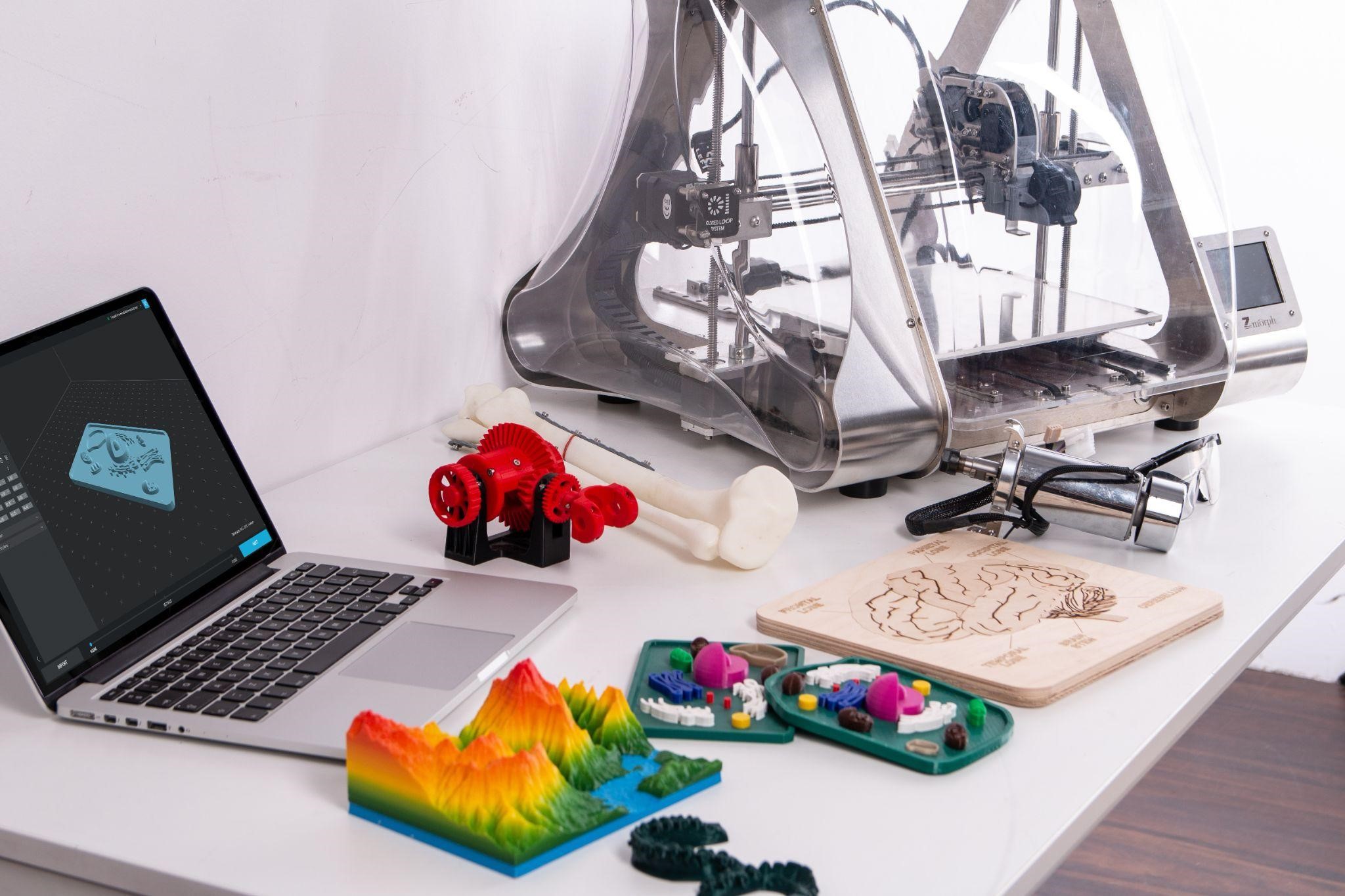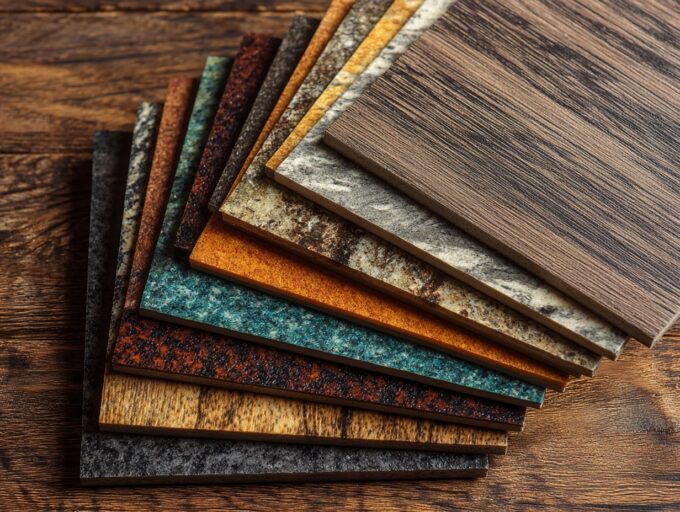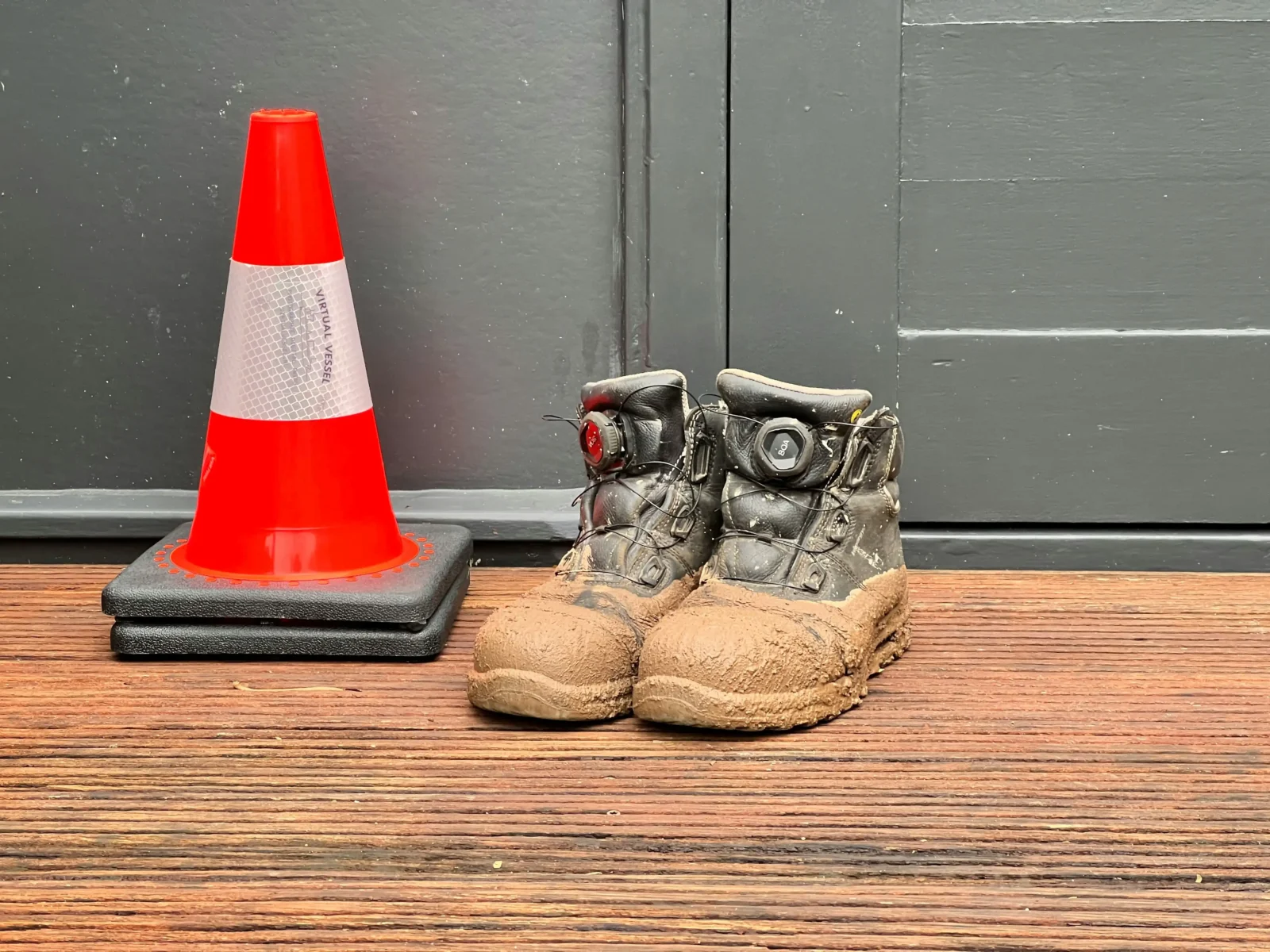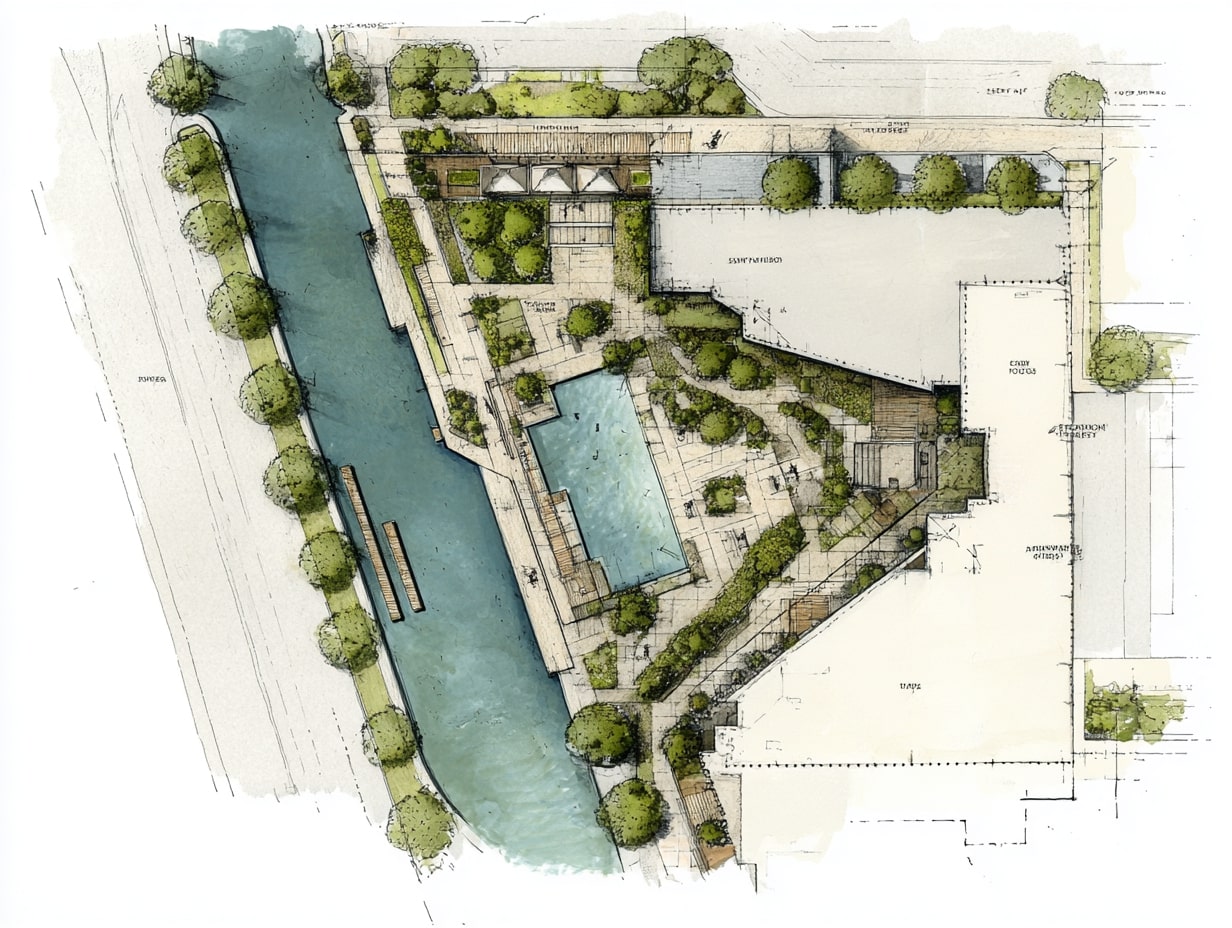- Home
- Articles
- Architectural Portfolio
- Architectral Presentation
- Inspirational Stories
- Architecture News
- Visualization
- BIM Industry
- Facade Design
- Parametric Design
- Career
- Landscape Architecture
- Construction
- Artificial Intelligence
- Sketching
- Design Softwares
- Diagrams
- Writing
- Architectural Tips
- Sustainability
- Courses
- Concept
- Technology
- History & Heritage
- Future of Architecture
- Guides & How-To
- Art & Culture
- Projects
- Interior Design
- Competitions
- Jobs
- Store
- Tools
- More
- Home
- Articles
- Architectural Portfolio
- Architectral Presentation
- Inspirational Stories
- Architecture News
- Visualization
- BIM Industry
- Facade Design
- Parametric Design
- Career
- Landscape Architecture
- Construction
- Artificial Intelligence
- Sketching
- Design Softwares
- Diagrams
- Writing
- Architectural Tips
- Sustainability
- Courses
- Concept
- Technology
- History & Heritage
- Future of Architecture
- Guides & How-To
- Art & Culture
- Projects
- Interior Design
- Competitions
- Jobs
- Store
- Tools
- More
What Is Architectural Casework?
Architectural casework has become increasingly popular due to its ability to add value both aesthetically and functionally within any space.

Architectural casework is the design and manufacturing of custom-made cabinets, countertops, shelving, and other storage pieces for a variety of residential and commercial applications.
It is an important part of interior design as it helps to create a unique look that can be tailored to suit any space or style.
Casework can range from simple shelves in living rooms to intricate built-in cabinetry in kitchens and bathrooms.

It can also include desks, counters, tables, wardrobes, closets, bookcases—any type of piece that requires precise craftsmanship and detailed measurements for installation.
Architectural casework has become increasingly popular due to its ability to add value both aesthetically and functionally within any space.
Table of Contents
ToggleDefinition Of Architectural Casework
Architectural casework is a type of custom-made furniture that has become increasingly popular in recent years.
This is because it allows homeowners and businesses to create unique, bespoke pieces for their interiors that can be tailored to their exact needs and preferences.
Casework can include anything from kitchen cabinets and countertops to desks, tables, wardrobes, closets, and bookcases.
All of these pieces must be made with precise measurements in order to ensure proper installation.
Architectural casework can provide both aesthetic value and functional value as it can add visual interest to any space while also providing storage solutions for various items.
With the right materials and design, an architect or designer can create pieces of casework that will perfectly complement any interior.
Applications Of Architectural Casework
Architectural casework has a wide range of applications, from residential to commercial.
In residential spaces, it can be used to create custom kitchen and bathroom cabinetry, as well as built-in furniture such as desks, tables, wardrobes, closets, and bookcases.
In commercial spaces, architectural casework can be used to create reception desks, countertops, and shelving.
It can also be used to create medical casework such as lab counters and cabinets for hospitals and clinics.
It can be used in educational spaces such as libraries and classrooms.
No matter the application, architectural casework has the potential to not only provide functional value but also aesthetic value that can bring any space to life.
Benefits Of Architectural Casework
Architectural casework is a great way to bring a unique, personalized touch to any space.
It can be used to create custom-made pieces that are tailored precisely to the user’s needs, whether it be residential or commercial.
Not only does this provide a functional solution for storage, but it also adds aesthetic value that can truly make a space stand out.
Architectural casework pieces are designed to last due to the high-quality materials used in their construction.
This ensures that any piece of casework will remain durable and provide years of use.
Architectural casework is an excellent way to bring both beauty and function into any interior setting.
New Technology In Architectural Casework
The newest technology in architectural casework is allowing for the creation of pieces that are more efficient and durable than ever before.
With advancements in materials, tools, and construction techniques, modern casework can be designed to last longer while also providing optimal performance.
Laminated Plywood Panels
One of the most popular materials for architectural casework is laminated plywood panels. These panels offer a variety of benefits, including durability and strength.
Laminated plywood is made from multiple layers of wood veneer that are bonded together with heat and pressure to create one solid sheet.
This type of wood paneling is highly resistant to wear and tear and can be used to create custom cabinets, desks, and other pieces of furniture.
Laminated plywood panels are available in a variety of colors, finishes, textures, and patterns so they can be used to create aesthetically pleasing pieces that will fit perfectly into any space.
Fiber Laser
Fiber laser technology has become increasingly popular in the world of architectural casework due to its precision and durability.
Fiber lasers use a high-powered beam of light to cut and engrave materials with greater accuracy than traditional methods, allowing for highly detailed designs.
Fiber lasers produce less heat when cutting, which helps reduce the risk of warping or deformation.
Fiber laser technology is also more efficient and cost-effective than other methods, making it a great option for those looking to create pieces of architectural casework at an affordable price.
Water-Resistant Materials
Water-resistant materials are increasingly becoming popular in the world of architectural casework due to their durability and versatility.
These materials help to protect the pieces from water damage, making them ideal for both residential and commercial settings.
One of the most popular materials used in this type of casework is melamine-faced particleboard.
This type of board is composed of resin-coated particles that are fused together under high heat and pressure.
It is then finished with a melamine coating, which provides a water-resistant barrier that helps protect the board from moisture damage.
This type of material can be used to create pieces in various sizes, shapes, and colors, making it an ideal choice for any type of space.
Types Of Architectural Casework
Architectural casework can be classified into three main categories: built-in cabinetry, freestanding pieces, and storage solutions.
Built-in cabinetry is usually made to fit in specific areas such as kitchen counters or bathroom cabinets.
Examples of built-in cabinetry include custom cupboards, benchtops, and backsplashes.
Key Features To Consider When Choosing Architectural Casework
When choosing architectural casework, it is important to consider the different types of materials available.
Different types of materials can offer different levels of durability, strength, and aesthetic appeal. Plywood panels are an excellent option for creating highly durable pieces that provide both form and function in any interior space.
Laminated plywood panels are especially popular due to their resistance to wear and tear.
Fiber laser technology provides highly precise cuts and engravings on materials such as wood, metal, and plastic.
Lastly, water-resistant materials such as melamine-faced particleboard are becoming increasingly popular due to their durability and versatility.
Once the material has been chosen, other key features to consider include the type of hardware used, the thickness of the material, and the finish.
These features can have a big impact on both the functionality and aesthetic appeal of any piece of architectural casework.
It is important to consider other elements such as ventilation, lighting, and storage solutions when designing pieces for functional spaces.
Consider your budget when selecting architectural casework to ensure you are getting the best value for your money.
Final Word
Architectural casework is an essential part of interior design, allowing designers to create unique and functional pieces that can fit perfectly into any space.
When selecting architectural casework, it is important to consider the different types of materials available, such as plywood panels, fiber laser technology, and water-resistant materials such as melamine-faced particleboard.
Other key features to consider include the type of hardware used, the thickness of the material, and the finish.
By carefully considering factors such as these, one can ensure that their architectural casework will provide both form and function in any space.
illustrarch is your daily dose of architecture. Leading community designed for all lovers of illustration and #drawing.
Submit your architectural projects
Follow these steps for submission your project. Submission FormLatest Posts
Understanding Site Safety Footwear in Architectural Practice
Architecture is often discussed through drawings, models, and finished buildings, yet a...
General Arrangement Drawings in Architecture: The Backbone of Clear Design Communication
General Arrangement Drawings explained: what they are, when to use them, how...
The Ultimate Guide to Fencing in North Dakota: Choosing the Best Fence for Your Property
Watching a chain link fence twist in 70 mph winds near Minot...
Gaudí: Where Architecture Meets Science
Gaudí: Where Architecture Meets Science shows catenary arches, ruled surfaces, and biomimicry...












Leave a comment